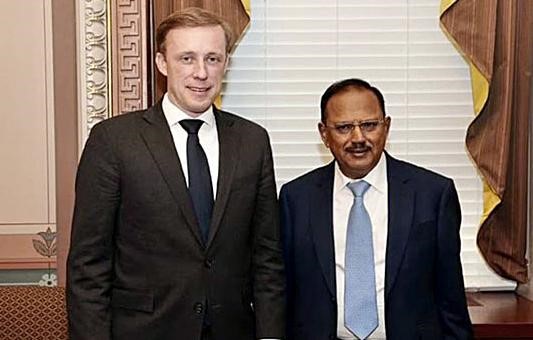Free Courses Sale ends Soon, Get It Now


Free Courses Sale ends Soon, Get It Now


 Disclaimer: Copyright infringement not intended.
Disclaimer: Copyright infringement not intended.
Context
Highlights of the meeting
India and West Asia
Importance
Issues
India’s Look West policy
India Saudi Relations
India and UAERelations
India and Iran Relations
India-Israel Relationship
MUST READ ARTICLES:
Quad: https://www.iasgyan.in/daily-current-affairs/quad-2
|
PRACTICE QUESTION Q) Which of the following statements with reference to India and West Asia Relations is/are correct? 1. India is the largest recipient of foreign remittances from west Asia. 2. 70 per cent of India’s imported energy needs come from West Asia.
Correct Answer: 3 |
https://epaper.thehindu.com/ccidist-ws/th/th_delhi/issues/35585/OPS/GV3B75G5C.1+GJ4B76ANC.1.html
© 2024 iasgyan. All right reserved